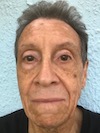 [I have not made interviewing others in the field a regular part of my professional practice — more an intermittent activity, relatively haphazard in terms of the choice of subject. Sometimes that resulted from the simple serendipitous fact that I found myself in the presence of someone I found interesting and had a notepad or tape recorder handy. Occasionally I thought a gap in the literature needed filling. And now and then it resulted from an editor’s suggestion, as with the following example.
[I have not made interviewing others in the field a regular part of my professional practice — more an intermittent activity, relatively haphazard in terms of the choice of subject. Sometimes that resulted from the simple serendipitous fact that I found myself in the presence of someone I found interesting and had a notepad or tape recorder handy. Occasionally I thought a gap in the literature needed filling. And now and then it resulted from an editor’s suggestion, as with the following example.
This interview with photographer and teacher Harry Callahan (October 22, 1912-March 15, 1999) was initially commissioned by Carol Leand, editor of The New York Photographer, a short-lived “little” magazine that published a truncated version of it in its Issue Four, January 1972, pp. 3–6, 11. An even briefer version of it subsequently appeared in the Creative Camera International Year Book 1977. This is the first publication of the entire text. The second half appears below; click here for part 1. — A.D.C.]
•
“Something Happens That’s Yours:”
An Interview With Harry Callahan (cont’d)
•
On His Own Work (cont’d)
HC: … When I was in Chicago [teaching at the Institute of Design, 1946-60], this whole way of working — the idea to experiment to find out what the medium is, what it can do and all that — that built a whole style. It was really a hangover of the Bauhaus, that’s all. And that got boring after awhile. A lot of guys got left with it, if you know what I mean.
CL: Could you explain what that attitude was more fully?
HC: I wouldn’t ever want to say what they were all about; they were always saying, “This doesn’t fit the philosophy of the school,” and I don’t think they really knew what the philosophy of the school was — but maybe they did. But they just sort of said, “What is photography?” And they said “What is every other medium, and how do you fit in this?”
•
ADC: What do you see as the differences between still photography and film?
HC: I don’t know if there’s so much difference, really. I’ve always thought of film as the great story-teller; if you really wanted to put something powerful across in photography in a story-telling way rather than in a magazine, film as a medium is much greater.
•
HC: . … I don’t think I’m any special printer. I can make a decent print.
On Color
ADC: Have you ever worked in color?
HC: Yeah, I did quite a bit in color. And I felt pretty good about it, but there was never anything I could do with it. If I could have made a nice print, I probably would have liked it, but by reaching a point where I couldn’t do anything with it — well, it’s just like movie-making, I got sidetracked.
ADC: Do you think there’s a difference between color and black & white? Are they separate media?
HC: Well, I think just at this moment — I don’t think that’s going to be true … at this moment, it’s so real, the only way a guy can get anything is with abstracts and still lifes and close-ups of walls, things like that. In relation to the times, the magazines have to use color, television has to use color, and they degrade it in most cases so much … it’s hard to beat the reality.
I don’t really think that’s the problem. I think the fact is there’s nothing I can do with it. You’ve got to keep working at it. I think at one time I got some good things, and then there was nothing I could do with them. Three or four — maybe ten of them, at most — were published, and I couldn’t make a print, I didn’t want to spend an hour to make a print at that time — that’s the way you had to do it then. … So I just felt it was impractical, that’s the main reason; I supposed if I were nuts enough about it I’d do it.
[Note, November 12, 2021: Subsequently I would provide the afterword to the monograph Harry Callahan: Color (Providence, RI: Matrix Publications, 1980). — A.D.C.]
On Other Photographers
ADC: Did Moholy [László Moholy-Nagy, under whom Callahan worked at the Institute of Design in Chicago] have any influence on you?
HC: Yeah, he did, in an underground way. As far as whatever so-called inventiveness I have, I don’t think that had to do with him particularly, but he liked it, and that was nourishing.
He hired me on the basis of my photography, and when he first hired me he asked me why I took a picture, and I couldn’t tell him. He said, “Well, I don’t care if it’s just for a wish.” Which is something he represented — a playfulness, a childlike look at things, which attracted me. You can’t be that way forever, but he did it for a long time.
I’m sure that there’s lots of influences, but I can’t be too conscious of them. Walker Evans must have influenced me somehow; I like the directness of his photographs, and tried to shoot as directly as possible. But that doesn’t work so well anymore, unless it’s his — but I like that part of his photography. … His photographs probably struck me the strongest — but that’s getting to be like too much Beethoven; I don’t know how much more I can look at that, really.
And I have great admiration for Aaron’s work [Aaron Siskind, his long-time friend and colleague].
•
HC: … Not very many bad printers come across, in my terms. I think, in a way, Bill Brandt’s prints are bad, but they come across. I liked a lot of his pictures [at the 1969 Museum of Modern Art retrospective] very much, but I didn’t see any point in them being printed so damn contrasty. … But they’re still good pictures.
•
HC: … I don’t care whether a guy works like Uelsmann, either. I like being able to reprint by just putting the one negative back in the enlarger, without having to start all over. That’s just a preference, though. His approach is different: he’s collecting images, which he then puts together, and I’m trying to invent them, whatever that means.
ADC: Do you think there’s any connection between [Alfred] Stieglitz’s extensive sequence of portraits of Georgia O’Keeffe and your portraits of Eleanor?
HC: I think that must have influenced me. I thought that was pretty sensational. I’ve never seen very many of them, but he created such an aura — you know, with all the stuff that’s written about them — that I’m sure I was influenced there.
On Aaron Siskind
ADC: You’ve just been reunited with Aaron Siskind on the faculty of RISD [the Rhode Island School of Design]; how do feel about that?
HC: I like Aaron very much, and I wanted him to come here a long time ago. I’m very happy about it.
We sort of have a similar attitude in terms of pictures. I like talking to him, I like the way he talks; he really is a pretty good intellectual, he’ll fill areas I can’t. But I also respect him as an artist — I wouldn’t want to hire anyone who’s just a teacher. In working with Aaron, I have practically no disagreement with what he says; I think he’s pretty wise. He has a good background in the arts: he started out to be a musician and found out he wasn’t good at that, so he went and turned to writing, and he was involved with all the artists in New York — Franz Kline, Rothko, that gang — so he really has a wonderful background, which is good for the students.
ADC: In terms of your respective works, what are the major differences?
HC: I think Aaron makes a bigger issues out of using a subject as a vehicle — I do too, everybody does, but I think he, intellectually, makes a bigger issue of it. He says he doesn’t care what the subject is, but I do — I only care for it because it allows me to function, but I care. It’s a little different. He said once, “When you photograph a wall, you’re photographing a wall; when I photograph a wall, I’m photographing something else.”
•
HC: … The way Aaron photographs is usually to shoot in the summer, sometimes in the fall, and then to print all winter. I feel like I want to work all the time, and in order to do that I have to change subject matter periodically — I can’t photograph grasses when there’s snow on the ground. So I get a kick out of going from one thing to another, and I also believe that it nourishes me.
On Teaching
ADC: Has teaching affected your own work?
HC: Yes, though I’m not sure just how. For one thing, it’s made me a little less naïve than I was. … I think as time goes on, what the students bring in, their experience, broadens me. I suppose that keeps me from doing things I might innocently have done before. I suppose it holds me back, too …
I don’t really feel that I know anything. I think I’ve learned a lot, but I don’t keep it and use it as far as talking goes. So whatever makes [teaching] work, I don’t know. I can see that I function in some funny way, but I don’t understood it and it’s unsettling. Still, at the age I’ve reached, I might miss it now.
Of course, I learned how to teach at the Institute of Design, via Moholy’s “Basic Foundation of Photography” course. I really liked that, and learned how to use that. I only believe in the beginning of it — they just kept on doing stuff forever and ever, they didn’t seem to me to go on into dealing with life, so to speak. But I thought the beginning course was terrific, and still do. It should have been taught in high school, or even grade school, but as long as it isn’t we might as well do it in college.
On Photography
ADC: Do you feel, as Minor White does, that when you photograph Something is talking through you, or seeing through you?
HC: You mean like a religious feeling?
ADC: Yes.
HC: I sort of believe that a picture is like a prayer; you’re offering a prayer to get something, and in a sense it’s like a gift of God because you have practically no control — at least I don’t. But I wouldn’t make a pronouncement out of it. I just don’t know what makes a picture, really — the thing that makes it is something unique, as far as I can understand. Just like one guy can write a sentence and it’s beautiful and another guy can write it and it’s dead. What that difference is, I don’t know. That’s as far as I’m religious; I don’t believe in any religion. …
(Part 1 I 2)
•
 Special offer: If you want me to either continue pursuing a particular subject or give you a break and (for one post) write on a topic — my choice — other than the current main story, make a donation of $50 via the PayPal widget below, indicating your preference in a note accompanying your donation. I’ll credit you as that new post’s sponsor, and link to a website of your choosing.
Special offer: If you want me to either continue pursuing a particular subject or give you a break and (for one post) write on a topic — my choice — other than the current main story, make a donation of $50 via the PayPal widget below, indicating your preference in a note accompanying your donation. I’ll credit you as that new post’s sponsor, and link to a website of your choosing.
And, as a bonus, I’ll send you a signed copy of my new book, poetic license / poetic justice — published under my full name, Allan Douglass Coleman, which I use for my creative writing.


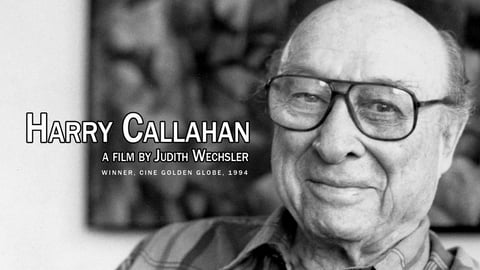
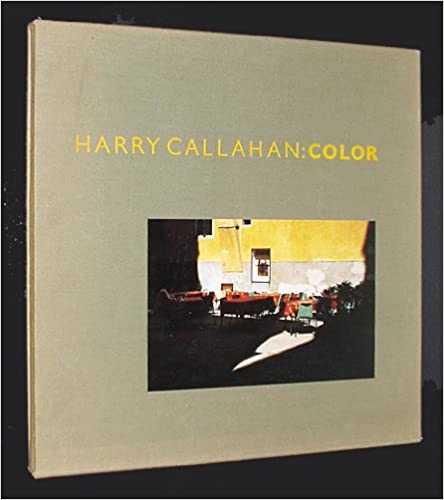
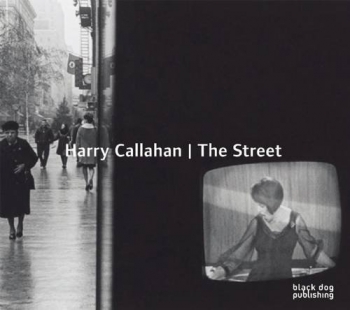
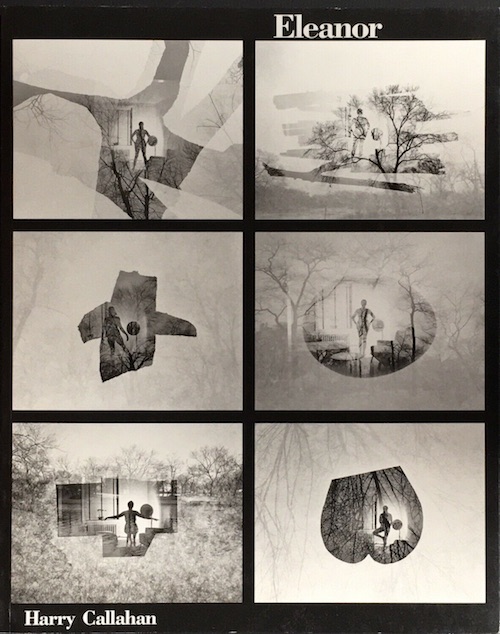
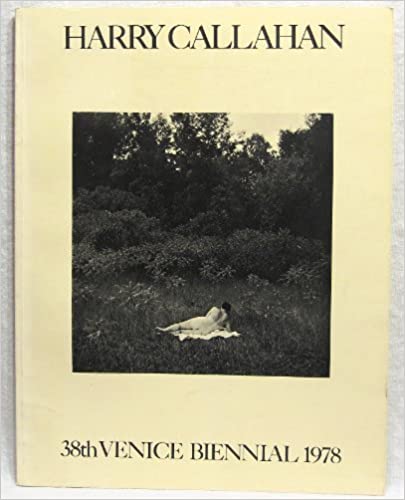
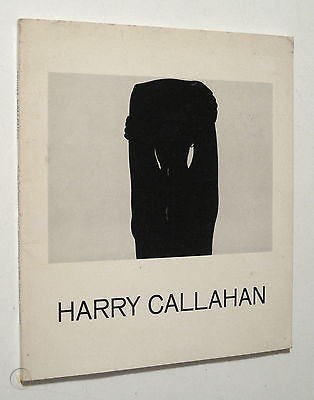




Leave a Comment